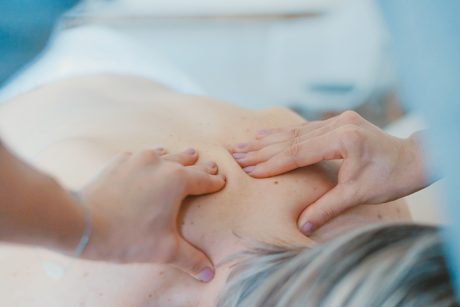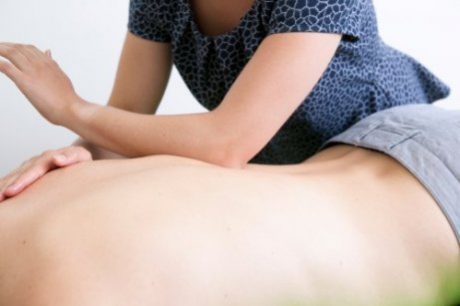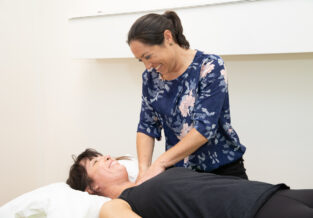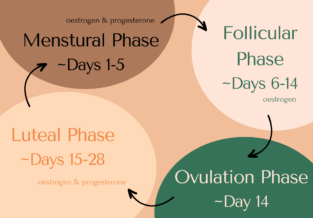What Is Oxytocin?
Published on
03 May 2019


Written by
Kate Senini
Consultant Physiotherapist
Call us on: (03) 9975 4133
Oxytocin. It's one of those things that makes us feel good, and let’s face it, we all want to feel good! But what does oxytocin have to do with physiotherapy? The answer is its relationship to human touch.
Commonly been referred to as the love hormone, oxytocin is released as a response to human touch, or when people bond socially. We all know how it feels to hug, have someone hold your hand or touch your shoulder as a sign of reassurance. It makes us feel good, safe and positive.
Several studies have examined the effects of oxytocin on social bonding and social interaction. It has been shown that increased oxytocin levels in humans creates a greater level of empathy toward others and increased bonding within social groups. Some studies have even examined the effects of oxytocin on dishonesty and amazingly, decreased levels of oxytocin found that individuals were less inclined to be dishonest toward their partners, colleagues or peers.

Oxytocin also plays a role in mediating and modulating the response to fear and anxiety in a more self protective sense. Whilst it does not control our fear or anxiety, oxytocin is a part of our response to a fearful situation or a sense of anxiety. Oxytocin raises our awareness in certain vulnerable situation, and causes us to pay closer attention and assess that situation more carefully. Equally, when a sense of anxiety is present, oxytocin contributes to our response to avoid or approach that situation.
So what does oxytocin have to do with physiotherapy? The answer is its relationship to human touch.
When it comes to manual therapy based treatment, oxytocin can have a very similar effect on the release of oxytocin in a sense of safety, positivity and “feeling better”.

Treatment modalities such as massage and other soft tissue techniques can play a role in the secretion of oxytocin. We all know how it feels to have a massage when we are stressed, and to feel suddenly more relaxed, with a general sense of lift in our mood by the time the massage has finished. Furthermore, we then want to go back for more. It is acting like the happy drug in our wellbeing!
In this environment it can often enable humans to feel socially secure, and allows them to open up about emotions, thoughts, fears and uncertainties. It also provides a sense of security to talk about the positives and achievements in an individuals’ life.
This is all very positive, and in some cases manual therapy can therefore be a very valuable component of a patients’ treatment when they are feeling emotionally or mentally stressed, anxious or fearful about a situation or their injury.
However, it should also be only be one component of that treatment, where the underlying factors or causes of the injury should be addressed first and foremost. The rehabilitation of an injury through movement retraining, strengthening, mobility work and functional retraining is the most valuable long term plan for the best recovery as supported by research and literature. Therefore, whilst manual therapy and the feelings of positivity associated with this treatment plays a role in facilitating a patients’ recovery, this should not be the only part of the bigger picture.
We’re here to help.
If you are feeling stressed, anxious or emotional about an injury, get in touch now.
About the Author
Kate Senini — Consultant Physiotherapist
Kate, who was a founding partner at Pure Physio in 2010, is now working exclusively in a clinical role. Helping people recover from injury and prevent future injuries has always been her true passion!


